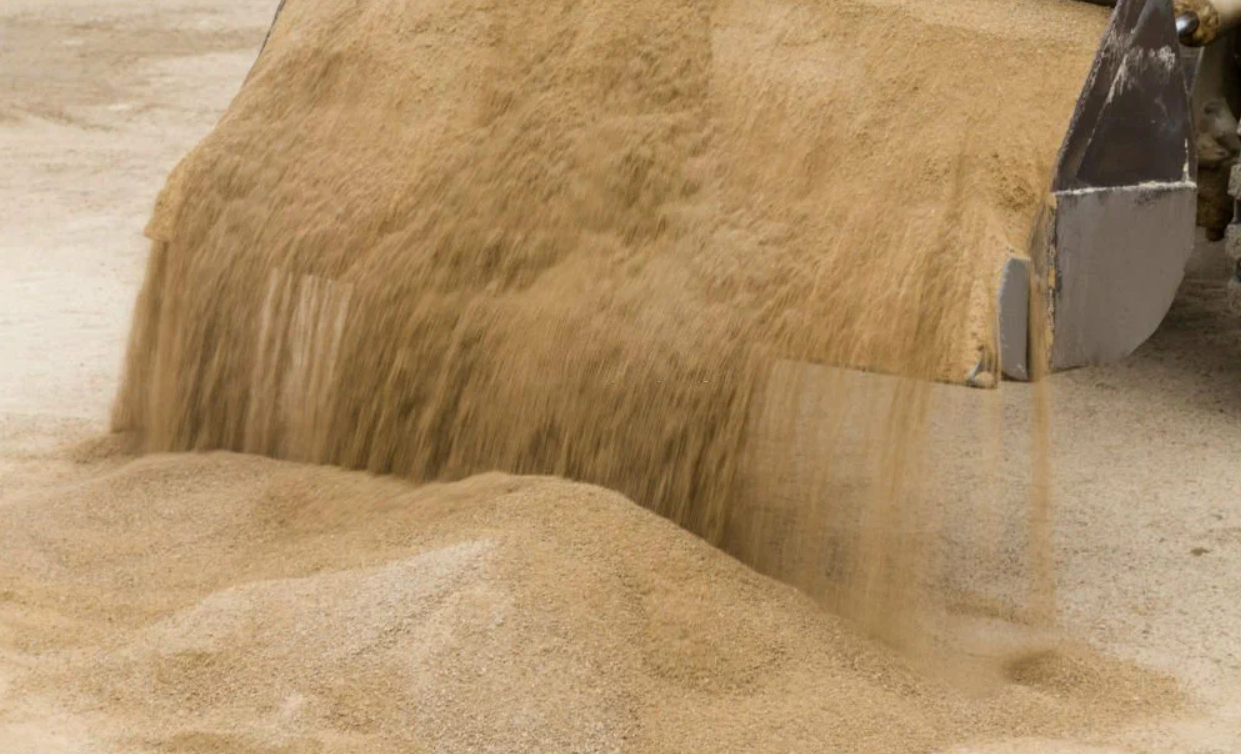Frac Sand Market Insights: Key Industry Developments, Market Trends, and Future Prospects in the Evolving Landscape

The frac sand market has witnessed significant changes and developments in recent years, driven by growing demand from the oil and gas industry. Frac sand, a type of proppant used in hydraulic fracturing (fracking) to enhance oil and gas extraction, plays a crucial role in unlocking reserves of unconventional resources. As the energy sector evolves, the frac sand market is experiencing shifts in production, consumption patterns, and geographical distribution. Understanding the key industry developments, emerging trends, and future prospects is essential for stakeholders aiming to capitalize on opportunities in this dynamic market.
Key Industry Developments
In recent years, the frac sand market has been shaped by several significant factors. The increasing adoption of hydraulic fracturing, primarily in North America, has been the driving force behind the demand for frac sand. The development of shale oil and gas reserves, particularly in regions like the Permian Basin, has led to a surge in the need for high-quality frac sand. As a result, the market has seen considerable investment in sand mining operations, transportation infrastructure, and processing plants.
One of the most notable developments in the industry is the increasing focus on regional production of frac sand. While historically, much of the frac sand used in the United States was sourced from Wisconsin, there has been a shift toward more local sources, particularly in Texas and other oil-rich regions. This shift is driven by logistical advantages, such as reduced transportation costs, and the rising demand for "high-quality" sand that meets specific requirements for hydraulic fracturing.
Additionally, innovations in sand processing technologies are improving the efficiency of frac sand production. Companies are increasingly investing in specialized equipment to refine sand and improve its performance in fracking operations. This has helped meet the stringent requirements of energy producers and ensure the effective extraction of oil and gas from shale deposits.
Market Trends
Several key trends are shaping the frac sand market’s current landscape. One of the most prominent trends is the shift toward higher-quality frac sand, also known as "white sand." High-purity silica sand, which is stronger and more durable, is increasingly in demand due to its effectiveness in maintaining fracture conductivity during hydraulic fracturing operations. This trend is expected to continue as oil and gas companies seek to optimize their fracking operations and improve recovery rates.
Another significant trend is the growing focus on sustainable and environmentally responsible practices within the frac sand industry. Environmental concerns related to the impact of sand mining and transportation, such as land degradation, water usage, and air pollution, are prompting companies to adopt greener practices. Some companies are exploring alternative sources of frac sand, such as resin-coated sand or ceramic proppants, to reduce environmental impact and increase operational efficiency.
The consolidation of the frac sand market is also becoming increasingly evident. Larger players are acquiring smaller, regional operators to expand their market reach and enhance their supply chains. This trend is leading to more streamlined operations and improved pricing power for dominant players, while also increasing competition for smaller, independent frac sand producers.
Future Prospects
The future of the frac sand market is closely tied to the ongoing developments in the global energy sector. As the demand for unconventional oil and gas resources continues to rise, the need for frac sand will remain strong. The market is expected to see further growth in North America, especially in key shale-producing regions like the Permian Basin, Eagle Ford, and Bakken fields. Additionally, international markets, particularly in Latin America and the Middle East, may begin to see an uptick in the demand for frac sand as fracking becomes more widely adopted in these regions.
The continued focus on technological advancements in both hydraulic fracturing and frac sand production will likely play a crucial role in shaping the market. The development of more efficient methods for extracting and processing frac sand will help reduce costs and increase profitability. Additionally, as energy companies seek to optimize their operations, the demand for more specialized, higher-quality frac sand may drive innovation in sand production techniques and materials.
One potential challenge for the frac sand market is the ongoing fluctuation in oil prices. While the demand for frac sand is currently robust, a significant drop in oil prices could lead to reduced fracking activity and a corresponding decrease in sand consumption. However, the long-term outlook for the frac sand market remains positive, driven by increasing energy demand, technological advancements, and growing investments in shale oil and gas production.
In conclusion, the frac sand market is evolving rapidly, influenced by industry developments, market trends, and technological innovations. As the energy sector continues to rely on hydraulic fracturing to unlock new reserves, the demand for high-quality frac sand will remain integral to the success of fracking operations. With the right investments in technology, sustainability, and production capacity, stakeholders in the frac sand market can position themselves for long-term success in an ever-changing landscape.
- Art
- Causes
- Crafts
- Dance
- Drinks
- Film
- Fitness
- Food
- Games
- Gardening
- Health
- Home
- Literature
- Music
- Networking
- Other
- Party
- Religion
- Shopping
- Sports
- Theater
- Wellness


